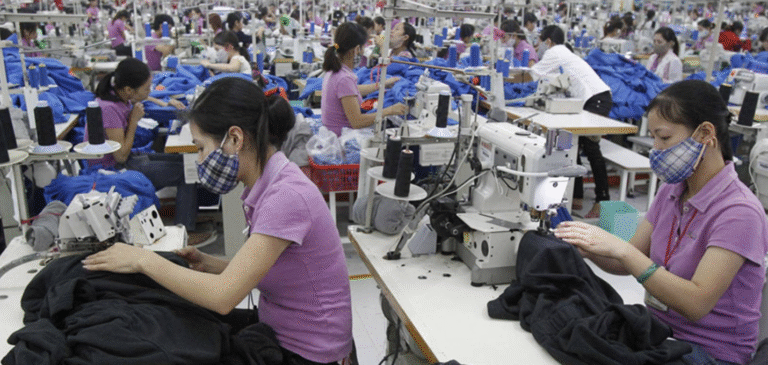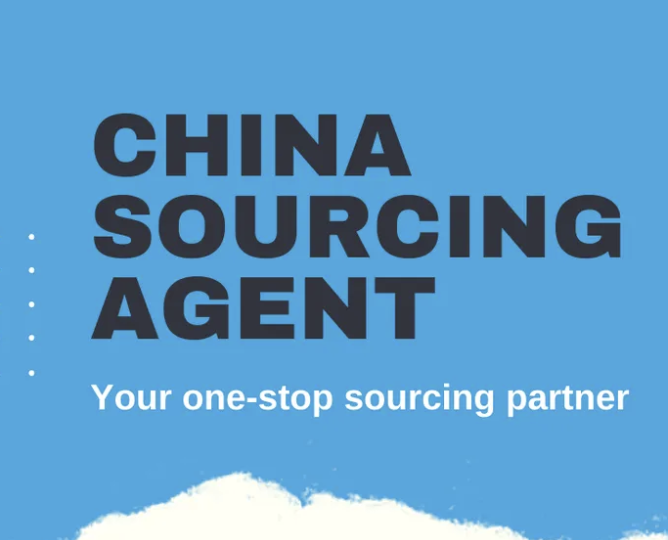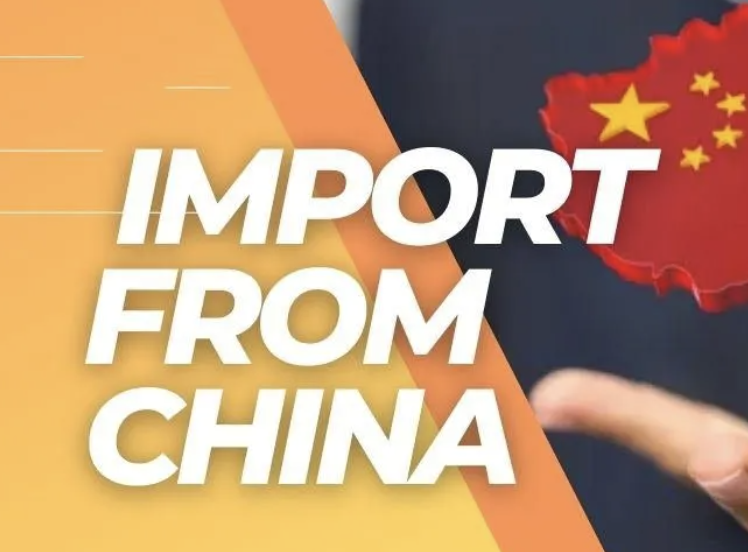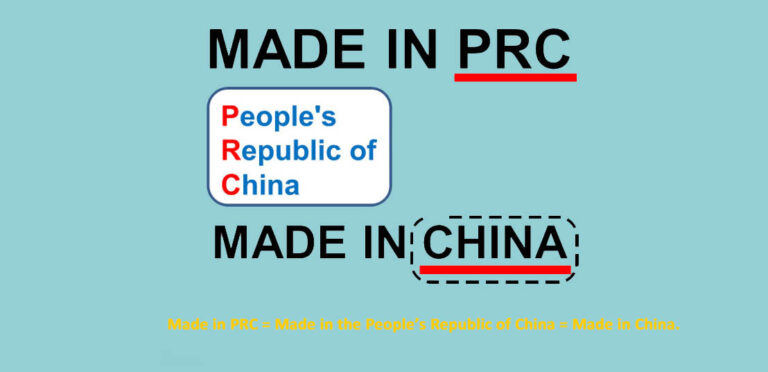Top 5 Examples of Sourcing Strategies: What is Strategic Sourcing?
Sourcing the right product, from the right supplier, at the right price, and at the right time is no longer just a tactical necessity—it’s a strategic advantage.
In today’s fast-paced, cost-sensitive, and supply-chain-disrupted world, companies that rely on outdated sourcing models are getting left behind. If you’re still playing by the old rules, it’s time to level up your procurement game.
That’s where strategic sourcing comes into play. This guide breaks down what strategic sourcing really is and shows you the top 5 examples of sourcing strategies that high-performing companies use every day to reduce costs, improve quality, and stay ahead of global market changes.
Read this review before you buy or source anything—because one smart sourcing decision can save you thousands and even reshape your entire business model.
Table of Contents
What is Strategic Sourcing?
Strategic sourcing is a long-term, data-driven approach to procurement. It’s not just about finding a low price. It’s about building value, relationships, and resilience into your supply chain.
Unlike traditional sourcing, which tends to be reactive and cost-focused, strategic sourcing is proactive, holistic, and continuous.
Key Elements of Strategic Sourcing:
- Market research and supplier analysis
- Total cost of ownership (TCO) analysis
- Supplier relationship management
- Risk assessment and mitigation
- Performance monitoring and continuous improvement
Strategic sourcing isn’t a one-time event—it’s a cycle that keeps evolving based on market conditions, business goals, and product demands.
Why Strategic Sourcing is Critical in Modern Supply Chains
Global supply chains have become more complex and volatile than ever before. COVID-19, trade wars, raw material shortages, and logistics chaos have forced companies to reimagine how they source their goods.
Benefits of Strategic Sourcing:
- Risk Mitigation: Reduces dependency on a single supplier or region.
- Cost Efficiency: Looks beyond upfront price to long-term value.
- Improved Quality: Prioritizes supplier capabilities and innovation.
- Agility: Enables faster pivoting during market disruptions.
- Stronger Relationships: Builds trust and collaboration with key suppliers.
Whether you’re sourcing components for manufacturing or products for resale, strategic sourcing offers a competitive edge that tactical buying simply can’t match.
How to Develop a Strategic Sourcing Plan
If you’re ready to adopt a strategic approach, you need a roadmap. Strategic sourcing isn’t just about choosing a strategy—it’s about building a system that supports your goals.
Here’s a step-by-step breakdown:
1. Define Your Goals
Start with the “why.” Are you trying to reduce costs, improve quality, reduce lead times, or diversify risk? Different goals may require different strategies.
2. Analyze Your Current Spend
Look at your procurement history:
- What are your biggest spending categories?
- Which suppliers do you rely on?
- Where are your bottlenecks?
Use this data to identify opportunities for improvement.
3. Conduct Market Research
Explore potential suppliers globally and regionally. Evaluate their capabilities, capacity, financial health, and reputation.
4. Select Your Sourcing Strategy
Choose from strategies like global sourcing, single sourcing, or nearshoring (we’ll break these down shortly).
5. Negotiate and Contract
Work out pricing, delivery timelines, quality standards, and penalties for non-compliance. Use clear, enforceable contracts.
6. Implement and Monitor
Place trial orders, inspect quality, and track performance. Build scorecards to assess key suppliers and adjust your approach as needed.
Strategic sourcing is about continuous learning and adaptation—you’re not just buying products, you’re building systems.
Top 5 Examples of Sourcing Strategies

Let’s dive into the real meat of this article: the five most common and effective sourcing strategies used in modern business.
1. Global Sourcing
Global sourcing involves procuring goods or services from international suppliers. This strategy aims to leverage cost advantages, production efficiencies, and access to new technologies.
Benefits:
- Lower manufacturing costs (especially in countries like China, India, Vietnam)
- Access to specialized skills and materials
- Larger supplier pool for increased competition
Risks:
- Longer lead times
- Currency fluctuation and import tariffs
- Political or regulatory instability
Example: Apple uses global sourcing to produce its iPhones. Parts are made in Japan, Korea, and the U.S., then assembled in China—a supply chain masterpiece built on strategic sourcing.
2. Single Sourcing
In single sourcing, a company chooses one supplier for a particular component or product.
Advantages:
- Stronger supplier relationship
- Better pricing and terms due to exclusivity
- More consistent quality control
Disadvantages:
- Higher risk of supply disruption
- Limited flexibility if supplier fails
When to Use: For niche products, patented materials, or when trust and consistency are more valuable than price.
3. Multiple Sourcing
This is the opposite of single sourcing. Multiple sourcing spreads procurement across two or more suppliers for the same item or category.
Benefits:
- Reduced supply chain risk
- Competitive pricing
- Easier to scale or pivot
Drawbacks:
- More complex supplier management
- Inconsistent quality if not monitored properly
Use Case: Apparel brands source from multiple factories to ensure backup production and scale during peak seasons.
4. Nearshoring
Nearshoring means moving production closer to your home country. For example, U.S. companies manufacturing in Mexico instead of China.
Benefits:
- Faster delivery and lower shipping costs
- Easier communication and travel
- Fewer cultural/language barriers
Challenges:
- Higher labor costs compared to offshore
- Smaller supplier base
Best For: Time-sensitive products or when you need more control over production.
5. Outsourcing and Sourcing Agents

Outsourcing allows you to hand off procurement tasks—from supplier search to quality checks—to professionals. This is where sourcing agents like Simoosourcing come in.
What Sourcing Agents Do:
- Identify and vet suppliers
- Negotiate pricing and MOQ
- Conduct factory inspections
- Manage shipping and customs
Why It Works:
- Saves time and resources
- Reduces risks of fraud or poor quality
- Gives access to local expertise and better pricing
When to Use: If you’re new to sourcing, launching a private label product, or want to scale without growing an in-house team.
Comparative Table of Sourcing Strategies
To help you easily compare the top sourcing strategies, here’s a comprehensive table outlining their key features, benefits, drawbacks, and when each strategy is most appropriate:
| Sourcing Strategy | Benefits | Drawbacks | Best For |
|---|---|---|---|
| Global Sourcing | Lower costs, access to global innovation | Longer lead times, geopolitical risks | High-volume manufacturing |
| Single Sourcing | Consistent quality, strong supplier relationship | High supply chain risk if supplier fails | Niche products or patented tech |
| Multiple Sourcing | Diversified risk, flexibility, competitive pricing | Complex supplier management | Retail & consumer goods |
| Nearshoring | Faster turnaround, better communication | Higher costs than offshoring | Fashion, auto, or food industries |
| Outsourcing (Agents) | Saves time, access to expertise, quality assurance | Cost of agent services, less direct control | New businesses or global scaling |
This side-by-side view helps you align your sourcing strategy with your business needs, budget, and product complexity.
Common Mistakes in Strategic Sourcing
Strategic sourcing is powerful—but only when executed correctly. Even experienced procurement teams fall into traps that cost money, damage relationships, or delay launches. Here are some of the most common (and avoidable) mistakes:
1. Prioritizing Price Over Value
Yes, low cost matters. But focusing only on price often means sacrificing quality, reliability, or long-term viability. The lowest bid today might lead to costly defects, delays, or customer complaints tomorrow.
Fix: Use a Total Cost of Ownership (TCO) approach that considers shipping, quality issues, rework, downtime, and customer support.
2. Ignoring Supplier Vetting
Working with unverified suppliers is a recipe for disaster. From delivery no-shows to counterfeit goods, unvetted partners can crush your credibility and finances.
Fix: Always request certifications, conduct background checks, and send inspectors—or use a sourcing agent like Simoosourcing.
3. No Contingency Planning
Global disruptions are no longer rare. Failing to prepare for supply shocks, strikes, or shipping congestion can bring your entire operation to a halt.
Fix: Use multiple sourcing or maintain small backup stock. Build relationships with alternate suppliers as a safety net.
4. Overcomplicating the Process
Trying to manage every detail solo, especially across borders, can slow down decisions and increase errors.
Fix: Streamline with sourcing software or outsource parts of the process to agents or procurement firms.
5. Poor Communication
Misunderstandings around specs, timelines, and payment terms are common—especially when language and time zones are involved.
Fix: Use visual documentation, recorded calls, and written confirmations. If needed, rely on bilingual sourcing agents to eliminate gaps.
Avoiding these mistakes saves time, protects your budget, and builds a smoother, more resilient sourcing operation.
How to Evaluate and Select the Right Sourcing Strategy
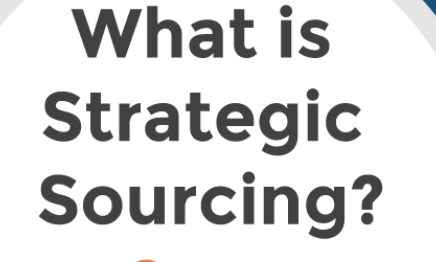
Choosing the right sourcing approach isn’t one-size-fits-all. It depends on a number of internal and external factors. Here’s a framework to help you make the right call:
Step 1: Assess Your Product Type
- Commodities: Global or multiple sourcing for cost efficiency.
- Custom/Niche: Single sourcing with strong supplier alignment.
- Fast Fashion/Perishables: Nearshoring for speed and freshness.
Step 2: Define Your Risk Appetite
- If supply disruptions would cause major losses → diversify with multiple sourcing.
- If you have the ability to absorb delays → global sourcing may work.
Step 3: Measure Internal Capacity
- In-House Expertise: If you have procurement staff, you can handle complexity.
- Startup or Small Team: Consider outsourcing or hiring a sourcing agent.
Step 4: Budget Considerations
- Evaluate not just the unit price, but the total landed cost (including duties, freight, packaging, delays).
- High-margin products can tolerate more expensive strategies (like nearshoring).
Step 5: Long-Term Vision
- Plan for scalability—can the supplier grow with you?
- Will they support product evolution or upgrades?
This process ensures your sourcing strategy aligns with your goals, budget, and customer expectations—not just with what’s trendy.
Technology in Strategic Sourcing
Modern sourcing is no longer about phone calls, spreadsheets, and faxes. Today, it’s powered by smart technology that enables faster, data-driven decisions.
Key Tools in Strategic Sourcing:
- Procurement Software: Platforms like SAP Ariba, Coupa, and Oracle SCM streamline the entire process from RFQs to payments.
- Supplier Portals: Manage onboarding, performance, compliance, and communication.
- AI & Predictive Analytics: Tools like Llamasoft or GEP NEXXE can forecast demand, suggest sourcing strategies, and identify risk.
- Blockchain for Transparency: Increasingly used in food, fashion, and pharmaceuticals to track product origin and ethical sourcing.
Benefits of Sourcing Tech:
- Faster supplier comparison and quoting
- Reduced errors and paperwork
- Real-time visibility into procurement status
- Better risk management and decision-making
Even if you’re a small business, basic tools like Trello, Slack, Google Sheets, or Notion can help manage sourcing projects. For growing brands, integrating with platforms like Shopify or Amazon Seller Central can help you track supply chain KPIs.
Pro Tip: Ask your sourcing agent (like Simoosourcing) what tech they use—many offer client dashboards or tracking portals.
Case Study: How a Retailer Improved Margins with Strategic Sourcing
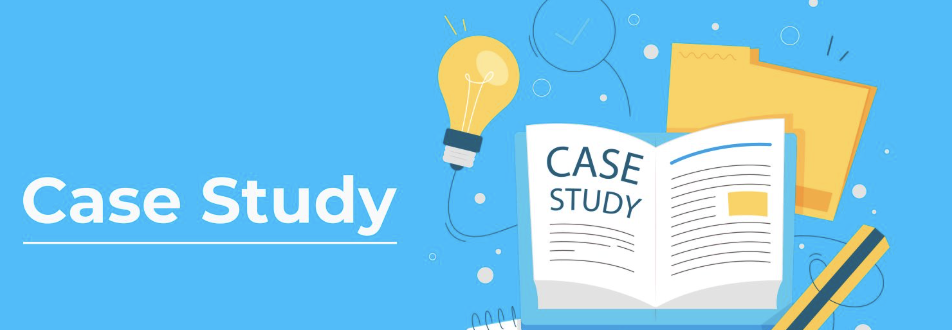
Let’s look at a real-world example of how smart sourcing can transform a business.
Company: A mid-size home décor brand based in Australia
Product Line: Seasonal decorations, candles, and textiles
Challenge: High production costs, slow shipping, limited customization from local suppliers
The company decided to implement a strategic sourcing model with the help of Simoosourcing, a China-based sourcing agent. Here’s how the transformation unfolded:
Step 1: Spend Analysis
The brand was spending over 60% of its product cost on domestic manufacturing and import markups.
Step 2: Market Research
Simoosourcing sourced suppliers in Yiwu and Shenzhen that specialized in home décor and had access to eco-friendly materials.
Step 3: Supplier Vetting & Sampling
Three suppliers were shortlisted, and each provided custom samples. The final selection was based on price, material quality, and ability to scale.
Step 4: Contract & Quality Control
Contracts included clear specs, timelines, and penalties for delays. Quality inspections were conducted before each shipment.
Step 5: Logistics Management
Simoosourcing arranged sea freight with DDP shipping to reduce customs headaches.
Results:
- Product cost reduced by 38%
- Gross profit margin increased by 22%
- Launch time shortened from 12 weeks to 6 weeks
- Customized packaging helped the brand stand out in retail stores
This strategic shift allowed the brand to reallocate funds to marketing and product expansion—all while maintaining superior quality and faster delivery times.
Role of Sourcing Agents in Strategic Sourcing
Let’s be honest—strategic sourcing is complicated. Between supplier vetting, legal contracts, language barriers, shipping logistics, and quality control, it’s easy to get overwhelmed. That’s where sourcing agents come in.
What Do Sourcing Agents Like Simoosourcing Do?
- Factory Identification: Find qualified manufacturers that meet your needs
- Supplier Verification: Check licenses, history, and quality compliance
- Price Negotiation: Get better deals and lower MOQs
- Sample Coordination: Streamline prototype and sample delivery
- Quality Control: Perform inspections and testing
- Shipping & Logistics: Handle freight, customs, and delivery
Benefits of Working with a Sourcing Agent:
- Saves time and effort
- Lowers the risk of fraud or miscommunication
- Gives you access to pre-vetted suppliers
- Offers local insights you can’t get from Google
- Simplifies international compliance and documentation
Whether you’re sourcing for the first time or scaling up a product line, a sourcing agent acts as your boots on the ground, ensuring you make smart decisions that support long-term growth.
Future Trends in Sourcing Strategies
The sourcing world is evolving faster than ever. Companies that stay ahead of these trends will not only survive—they’ll thrive.
1. Sustainability as a Core Strategy
Eco-conscious sourcing is no longer optional. Consumers and retailers are demanding transparency and accountability. Expect to see:
- Increased use of recycled materials
- Suppliers with ESG (Environmental, Social, Governance) credentials
- Certifications like GOTS, FSC, and Fair Trade becoming standard
2. Digital Transformation
AI, blockchain, and real-time analytics will revolutionize how companies track, evaluate, and improve their sourcing.
Expect tools that:
- Predict disruptions
- Score suppliers
- Automate negotiations
3. Regionalization and “Friendshoring”
With rising global tensions, businesses are shifting to “friendlier” countries or closer partners. We’ll see a rise in:
- Nearshoring to reduce reliance on China
- Manufacturing moving to India, Mexico, and Southeast Asia
- More regional supply chains
4. Flexible Supply Chains
Post-COVID, the keyword is resilience. Smart brands will build sourcing networks that can pivot quickly, hold buffer stock, and operate with agility.
If you want to future-proof your business, aligning with these trends isn’t just smart—it’s essential.
Conclusion
Strategic sourcing is more than a buzzword—it’s a blueprint for long-term business success. By understanding and implementing the right sourcing strategies, you can reduce costs, improve quality, speed up delivery, and create a more agile and resilient supply chain.
Here’s what to remember:
- Strategic sourcing is proactive, not reactive.
- Choose a sourcing strategy based on your product, goals, and capacity.
- Use tools and partnerships—like Simoosourcing—to make the process smoother and more reliable.
- Don’t chase the lowest price. Look at total value, supplier relationships, and long-term sustainability.
So before you place your next big order, read this review before you buy, and take a more strategic approach to sourcing. Your margins, customers, and brand will thank you.
FAQs About Strategic Sourcing
1. What’s the difference between tactical and strategic sourcing?
Tactical sourcing focuses on short-term, cost-driven decisions. Strategic sourcing is a long-term, value-focused approach that includes risk management, supplier development, and continuous improvement.
2. How do I choose the best sourcing strategy for my business?
Evaluate your product type, risk tolerance, budget, and growth goals. Use global sourcing for scale, nearshoring for speed, and agents for ease of entry.
3. Is it safe to source from overseas suppliers?
Yes, if you do your due diligence. Use verified platforms, conduct inspections, and consider working with sourcing agents like Simoosourcing to reduce risk.
4. What’s the role of technology in sourcing?
Tech tools like AI, procurement software, and supplier portals help automate processes, reduce errors, and improve transparency across the sourcing cycle.
5. Can a small business benefit from strategic sourcing?
Absolutely. Even small brands can save money, increase quality, and scale faster with the right sourcing strategy. Start with simple steps and build up as you grow.


